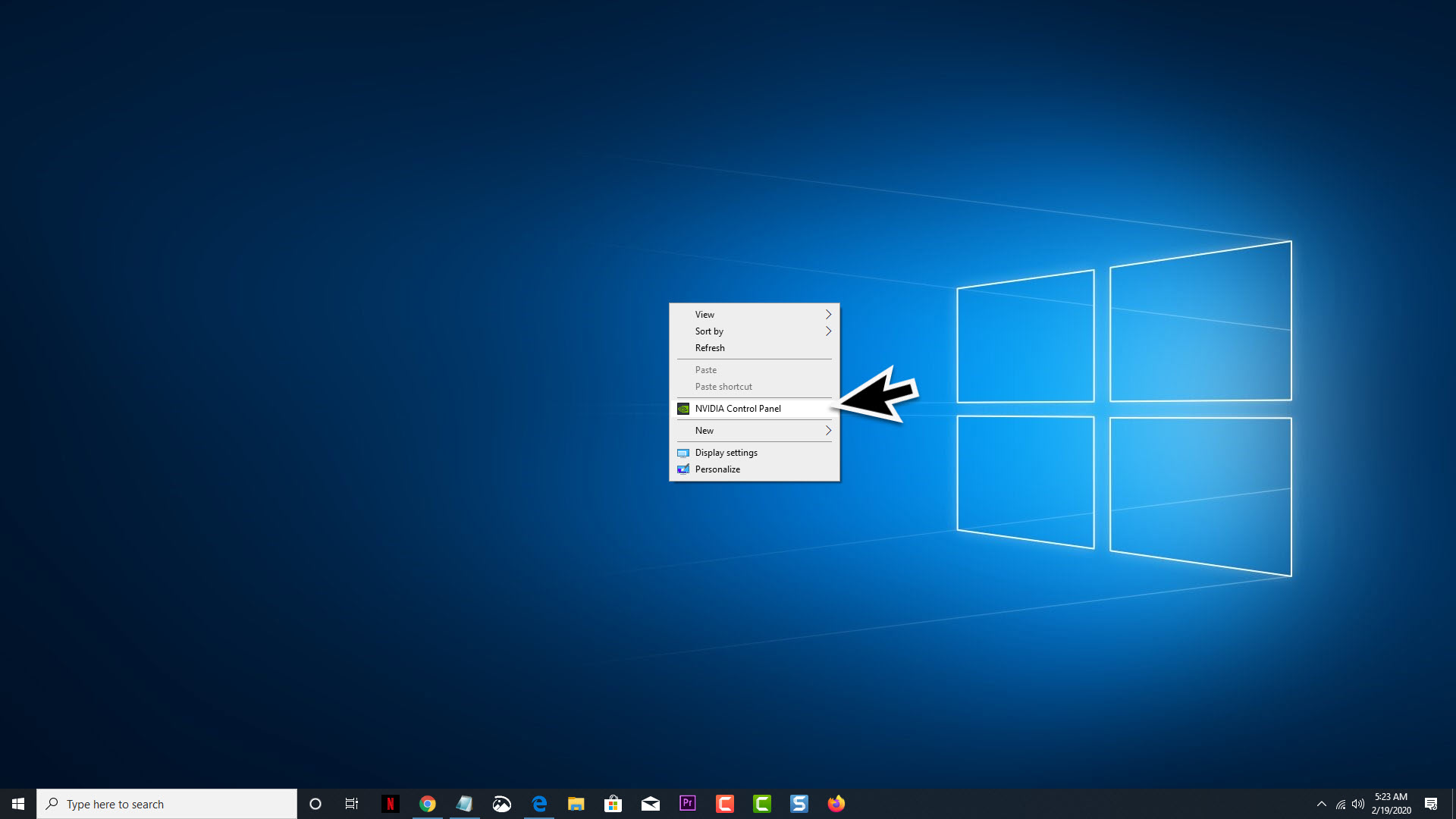

A side effect of the complicated nature of rendering and the factors involved is that problems with the frame rate of a game or multiple games might not always be easy to solve, and may at times not even have a solution.

Although generally more powerful and expensive hardware will have a higher frame rate, and vice versa. The newer the game and the higher the graphical settings, the harder the computer will have to work to render the frames, which results in a lower overall FPS.
NVIDIA CONTROL PANEL LIMIT FPS SOFTWARE
The achieved frame rate is different for every game and setup and depends on both software and hardware as rendering is quite complex with multiple factors involved. Many games do offer simulated motion blur as a graphical option but this can distract even more as the player might be unable to clearly see what happens on-screen in fast-paced sequences. This makes it easier to notice jerky movement, while in other media motion blurring occurs naturally. This perception of the game experience is because games are interactively controlled and frames are generated as still points in time with no natural motion blur. High frame rates look good - smooth and fluid low frame rates look bad - uneven and laggy. It is a general concept not unique to computer video games, although it is an important aspect for video games as it can affect the quality of the game experience. Frame rate or frame frequency, often measured in frames per second (FPS), is the frequency (rate) of which frames (images) are rendered at.


 0 kommentar(er)
0 kommentar(er)
